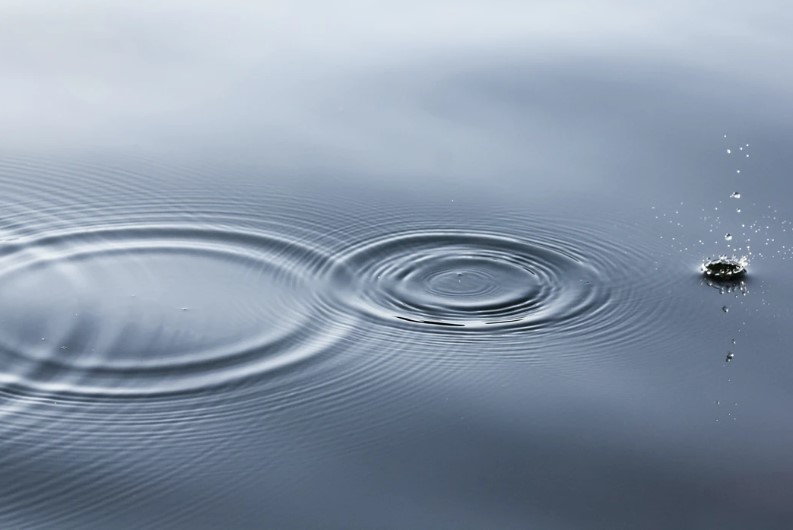
As you plan your off-grid homestead, recycling wastewater into usable reclaimed water is something to consider. Doing so will save thousands of gallons of well or rainwater, and reclaimed water can easily be used to irrigate your garden. Steps to reclaim wastewater could include filtering, primary settling, biological treatment, and finally, tertiary treatment. Let’s look at how recycling your wastewater can be accomplished.
Primary Settling
Your gray water that goes down the drain in the kitchen sink and shower has small particles of food, hair soap, and other contaminants. A primary settling tank is the first place the wastewater goes. Here, those solid contaminants will settle to the bottom. Once settled, the water can be gently siphoned off the top into the next phase of reclamation, a biological treatment tank.
Biological Treatment
Biological wastewater treatments rely on bacteria and other microorganisms to break down organic waste, such as food particles, hair, and soap. The goal is to create a system in which these microorganisms eat up the pollutants.
Biological treatment is divided into aerobic and anaerobic; aerobic is a process using oxygen loving bacteria, while anaerobic uses bacteria that do not need oxygen. Aerobic wastewater treatment is the preferred option, as it works quickly and produces better water quality. However, this method requires a wastewater aerator to make sure there is enough oxygen for the bacteria to thrive. A diffused aeration system, like those offered by VaraCorp, can be used to maximize oxygen while minimizing odors during the treatment process.
Tertiary Treatment
This is the final step in reclaiming your wastewater for use in your garden, or even as drinking water. Tertiary treatment is done to ensure the water is hygienically safe and free from viruses and bacteria.
Ozonation uses ozone (03) to disinfect the water. Then reverse osmosis pushes the water through a semi-permeable membrane, which traps any contaminants and chemicals.
Dual media filtration uses two different types of filters, usually sand and very fine granules of anthracite. Finally, advanced oxidation uses hydrogen peroxide and ultraviolet light to create an oxidant that not only disinfects the water, but also breaks down any remaining microorganisms and chemicals.
Often, the cost and time required to reclaim wastewater are prohibitive. There are alternatives; for example, if you use biodegradable soaps, gray water from the kitchen and shower can be drained directly into the garden. However, if your homestead is in a very dry area, reclaiming your wastewater is something you should look into.
Recommended Comments
Join the conversation
You are posting as a guest. If you have an account, sign in now to post with your account.
Note: Your post will require moderator approval before it will be visible.